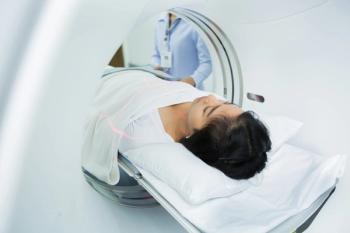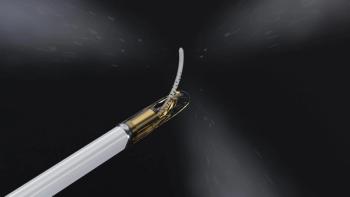
Radiologists Not Always Compensated for Emergency Department Services
Emergency department radiology services frequently are uncompensated among both uninsured and insured patients.
Radiologists in emergency departments (EDs) are uncompensated for over 28 percent of their services, according to a study published in the
After a period of considerable growth, medical imaging utilization has slowed or declined in all settings except the ED, where the volume of such services, particularly CTs, continues to increase. Researchers from the Harvey L. Neiman Health Policy Institute in Reston, Va., performed a retrospective study of administrative claims data from 2009 to 2012 in order to examine the characteristics of uncompensated services rendered by radiologists in the ED.
The researchers identified billing claims for 2,935 radiologists who rendered 18,475,491 services to ED patients from 2009 to 2012. Of the 830 types of procedures performed, the study focused on 133, which comprised 99.0 percent (18,296,734) of all the rendered services. The Medicare Physician Fee Schedule (MPFS) was used as the basis for uniform dollar valuation for the services.
According to the findings, 96.6 percent of the radiologists (2,835) provided uncompensated care to ED patients. This added up to an average of $2,584 in professional services per physician per service month.
The most common procedures, comprising 98.3 percent of all imaging were radiography, CT and ultrasound.
The most commonly used services were:
1. Chest radiography, one view
2. Chest radiography, two views
3. CT brain, without contrast
4. CT abdomen and pelvis, with contrast
5. CT abdomen and pelvis, without contrast
6. CT cervical spine, without contrast
7. Foot radiography, three or more views
8. Ankle radiography, three or more views
Although CTs were number two on the frequency list, CTs were responsible for 64.8 percent of the uncompensated dollars.
“Of all 18,296,734 services studied, 15,409,345 (84.2 percent) were rendered to insured patients,” the authors wrote. “Of those, 2,480,226 (16.1 percent) were uncompensated. Of the 2,887,389 (15.8 percent) services rendered to the uninsured, 2,714,506 (94.0 percent) were uncompensated.”
In the study discussion, the authors expressed surprise in learning that almost half of uncompensated cases were for patients who did have insurance. Possible explanations include incomplete documented reports resulting in insurance denials and an increasing trend of insured patients being reluctant to make the “first pay” copayments to radiologists.
Newsletter
Stay at the forefront of radiology with the Diagnostic Imaging newsletter, delivering the latest news, clinical insights, and imaging advancements for today’s radiologists.



























